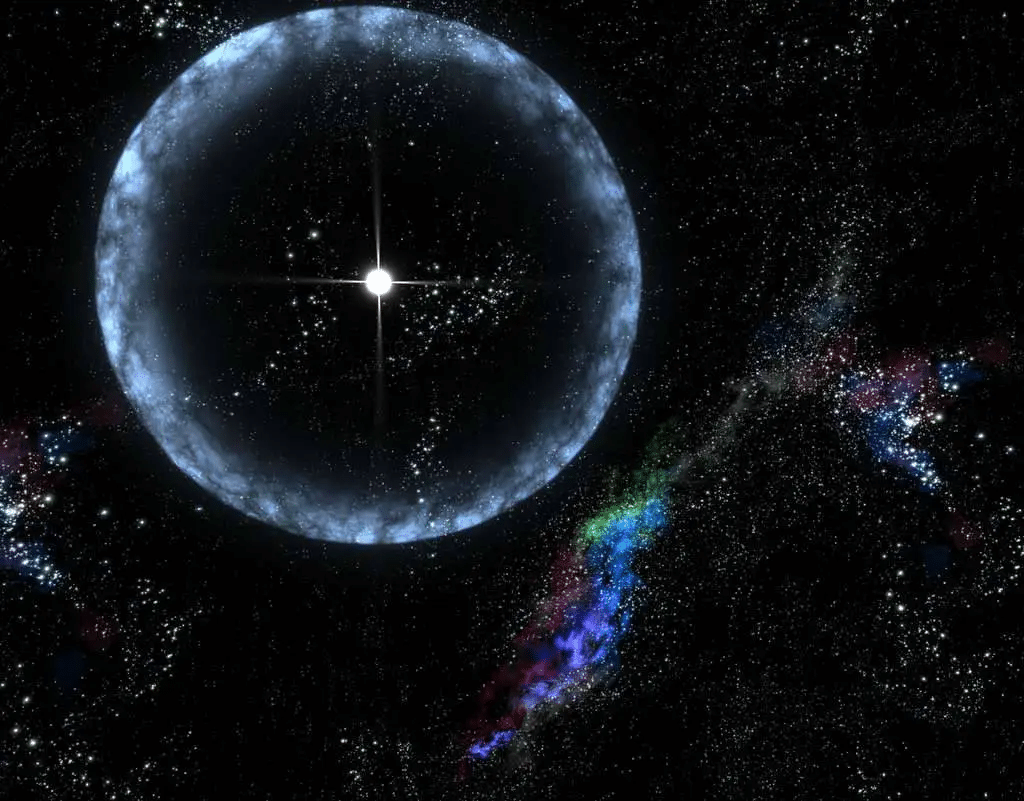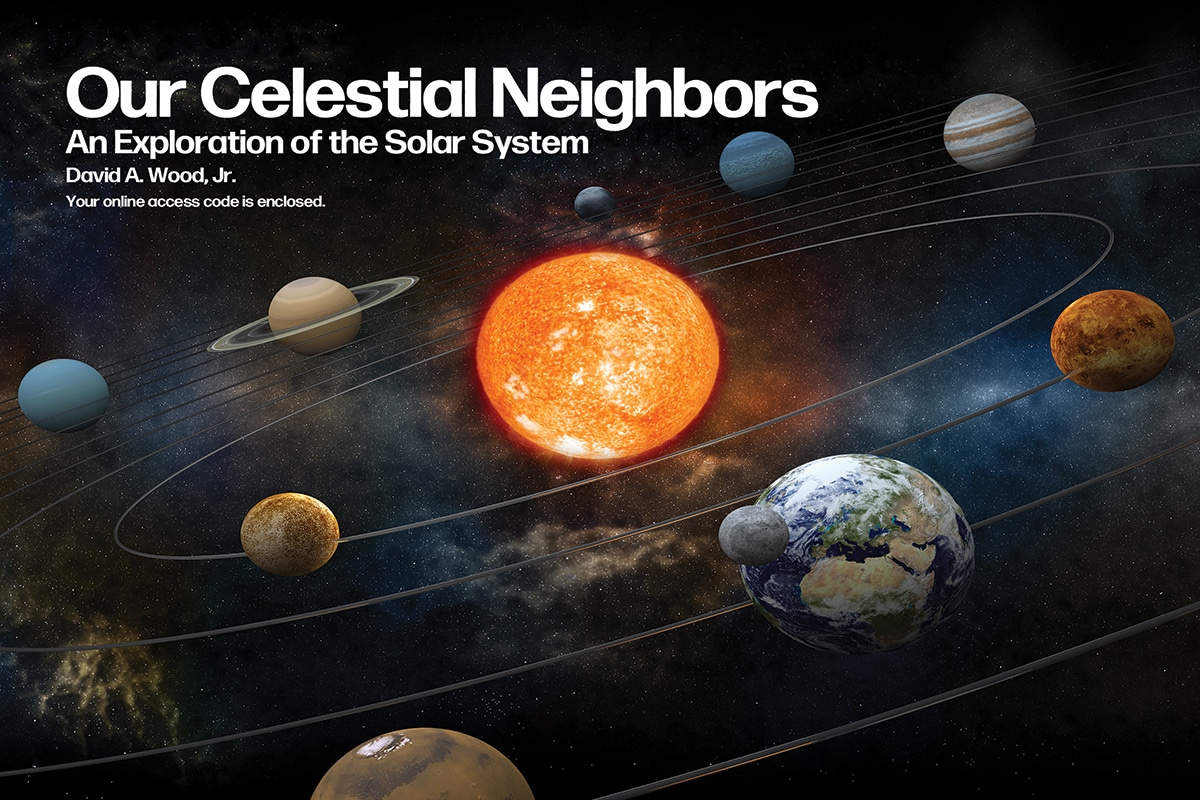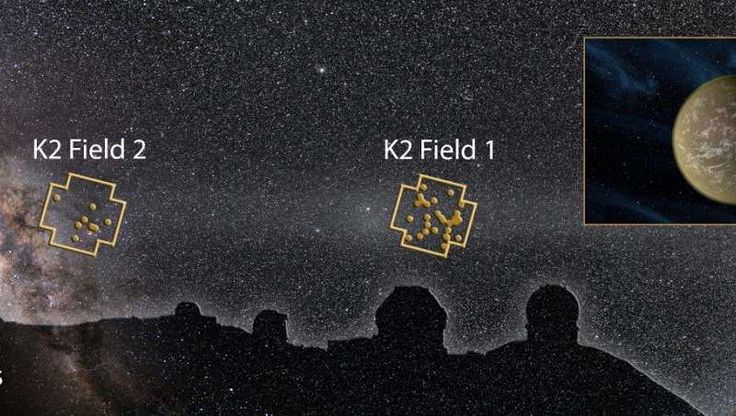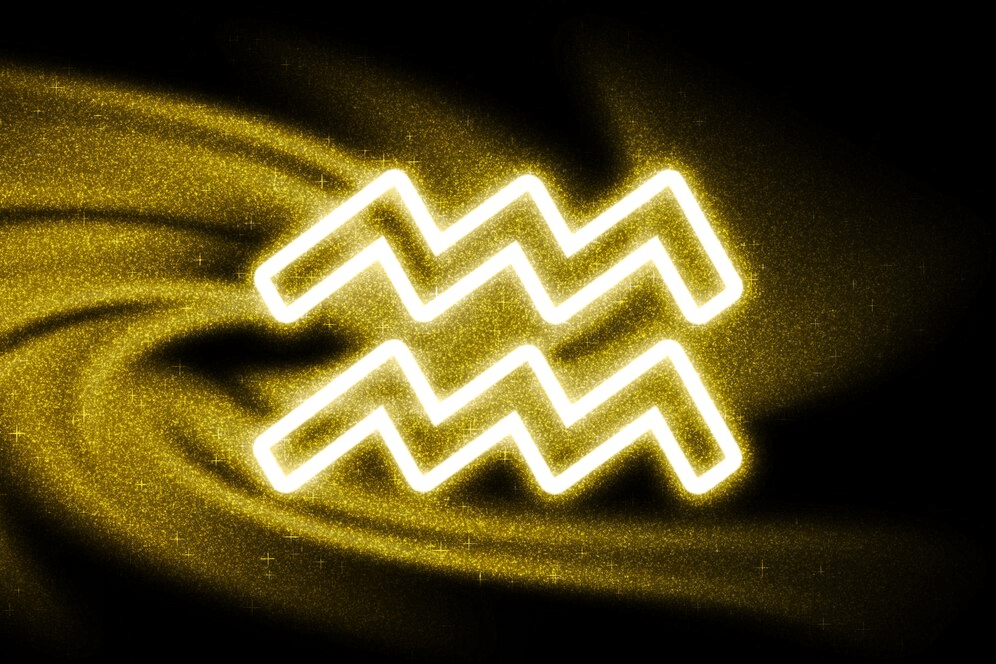As the name suggests, starquakes are similar to earthquakes in a way. Just as earthquakes help scientists understand what’s inside our planet, starquakes help scientists probe what’s inside stars. Although starquakes don’t exactly happen like earthquakes, they tell us a lot about stars. How do they occur? Have they ever been detected? This article will answer these questions and more.
How do starquakes occur?
While earthquakes on Earth are often violent, starquakes are usually modest and not so violent. Also, unlike earthquakes, starquakes happen more regularly- they are always happening.
Courtesy: Space.com
Since stars are gaseous spheres, the quakes’ motion on them differs from how they happen here on Earth. It won’t be wrong to say starquakes aren’t so much of a big deal inside stars since they are relatively common.
A window to look inside
Measuring starquakes isn’t the only way to understand the features of stars; there are other ways. However, these other measurements only provide scientists with basic information, like the light emitted through their surface.
Courtesy: Scienceline
By measuring starquakes, scientists can really go deeper into understanding the interior of stars. Since scientists only started to look into starquakes some years ago, different probes are yet to be carried out on stars.
When was the first starquake detected?
As mentioned earlier, starquakes didn’t come under the spotlight until recently. The first time scientists detected starquakes was in 2009; the first series of detected starquakes were coming in from the Kepler Mission.
Courtesy: ESA
Observing these quakes brought about a revolution; they confirmed that stars behaved similarly to the sun. These starquakes made scientists realize the possibility of exploring stars with a mass that is ten times that of the sun.
Exploring stars with starquakes
When scientists observed the surface of stars, they mostly did so from the ground. However, observing quakes to understand stars is a more intensive approach; space missions are needed.
Courtesy: Freepik
The reason is that starquakes create waves that travel through stars and must be measured in high-precision brightness variations. The tiny twinklings are far too tiny to be observed without space missions.
A transformational era
Now that scientists are going deeper into the interior of stars, they are discovering new things that render some classical beliefs wrong. This has raised the need for scientists to improve their conventional models and update them with newfound data.
Courtesy: NS
By measuring starquakes, it has been discovered that the temperature, density, and chemistry of stars are quite different from what surface observations imply. The results of these observations have created a basis for further research.






